
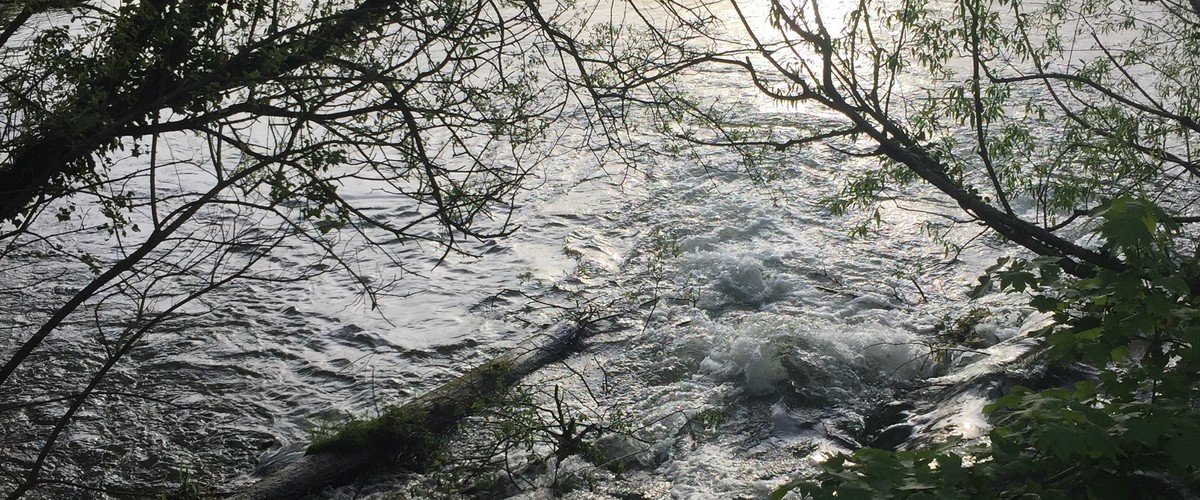
Late Spring at Winchester College: a natural magical spectacle
In this time of unprecedented uncertainty, several aspects of our world remain unchanged: the strength of our College community and the relentless progress of our natural world. In Winchester the dawn chorus is more audible than ever, our skies are clear of contrails, streets are eerily empty and ambulances move effortlessly through the one-way system.
The city is experiencing cleaner air. Its monitoring stations in Friarsgate and St George's Street are showing a healthy reduction in air pollutants; nitrogen dioxide levels and particulate matter have fallen significantly. Yet whilst the new green reality of our city can seem disorientating, the inherent beauty of Winchester College has remained a constant in lockdown if heightened by an unseasonably warm Spring. The 15 majestic London plane trees, interspersed with lime trees, pocket handkerchief trees, and liquid amber trees on Meads are already in full leaf, the heady aroma of the wisteria on Musa is at its height, large yellow flag iris are conspicuous on the river bank, and soon the showy purple loosestrife and warm yellow fleabane will look stunning amongst a myriad of grasses flowering in the College Nature Reserve.
Following on the heels of World Earth Day (22nd April 2020), I have been inspired to write about our jewel in the Winchester crown, the River Itchen, a world-class chalk stream which flows for three miles through the tranquil College grounds. Two months ago, Winchester was on flood warning; a wet winter had saturated the Itchen catchment and in mid-March the water table was at its peak. Yet after weeks of heavy downpours, we were thankfully spared the drama of the 2014 floods. The warm, dry month of April was in hydrological terms, a welcome relief; record-breaking temperatures and bright blue skies have seen the Itchen’s flows gradually reduce.
This Spring the famous chalk stream is at its very best; aquatic invertebrates are thriving in the clear, mineral-rich water, feeding amongst the emerald green tussocks of water-crowfoot (Ranunculus spp.), and water starwort (Callitriche spp.). Flashes of silver sparkle in the translucent water as shoals of grayling feed in the shallows. Water voles are digging their tunnels in the river bank. Insects are colonising undisturbed semi-aquatic vegetation beyond the reed beds; plants like rushes, watercress and wild mint that thrive half in and half out of the water are the perfect home for the insect life that sustains our fly-fishing. In the water meadows a shrill call may be heard as a kingfisher darts above the sedge grasses and tussocks in a flash of iridescent blue. In just a week’s time clouds of mayfly will dance above the water before they alight on the surface to lay their eggs or be sipped by a hungry trout. This magical natural spectacle is a wonder to behold. In angling parlance, this time is known as ‘duffers’ fortnight’, as the trout’s feeding frenzy in late May and early June is the perfect opportunity for novice members of the College Fishing Club to land an unsuspecting fish.
The College Outreach is normally at its busiest in these early weeks of Cloister Time. Many of the 500 local school children who visit each year to study the Itchen’s unique ecology, come in May and June when the river bank explodes with colour and biodiversity. Secondary pupils from Osborne Special School gain fulfilment when they try their hand at fly fishing, local pupils nurture an interest in natural history at our ‘Roots and Shoots’ Club and prize-winners attend an afternoon tea with Hampshire’s wildlife experts. Indeed, when the College grounds are at their most magical, we invite representatives from all our partner organisations to enjoy this leafy, tranquil environment in the heart of the city.
During lockdown, whilst nature within the College grounds evolves undisturbed, we yearn for the safe return of all our pupils, Wykehamical banter within ancient walls, the intensity of exam preparation, lively debating in the hours, competitive summer sports, the fulfilment of school trips, and most significantly, to stand awhile in Meads to reflect on the preciousness of human life and of our natural world, and to hope for a green recovery.
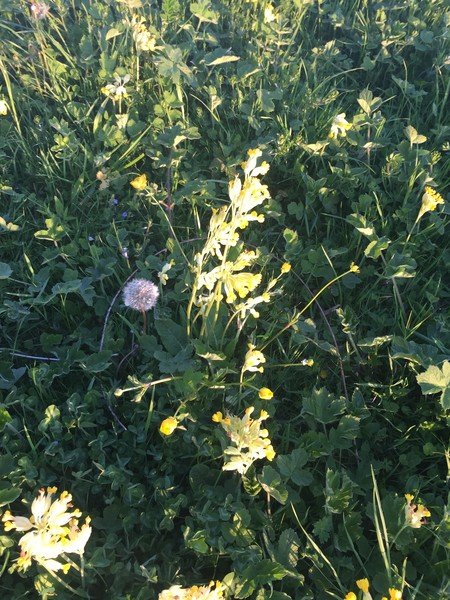

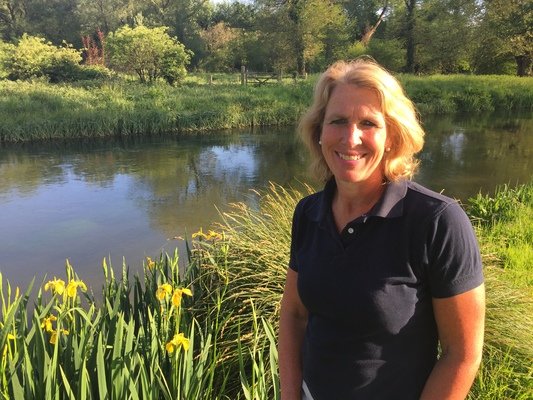

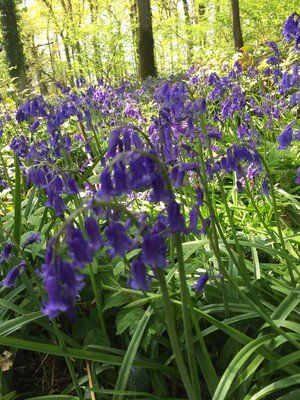
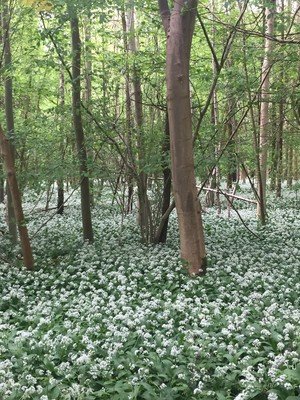
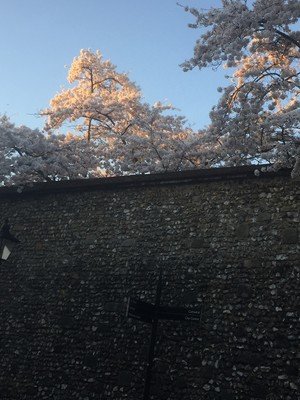
 Head back to stories
Head back to stories